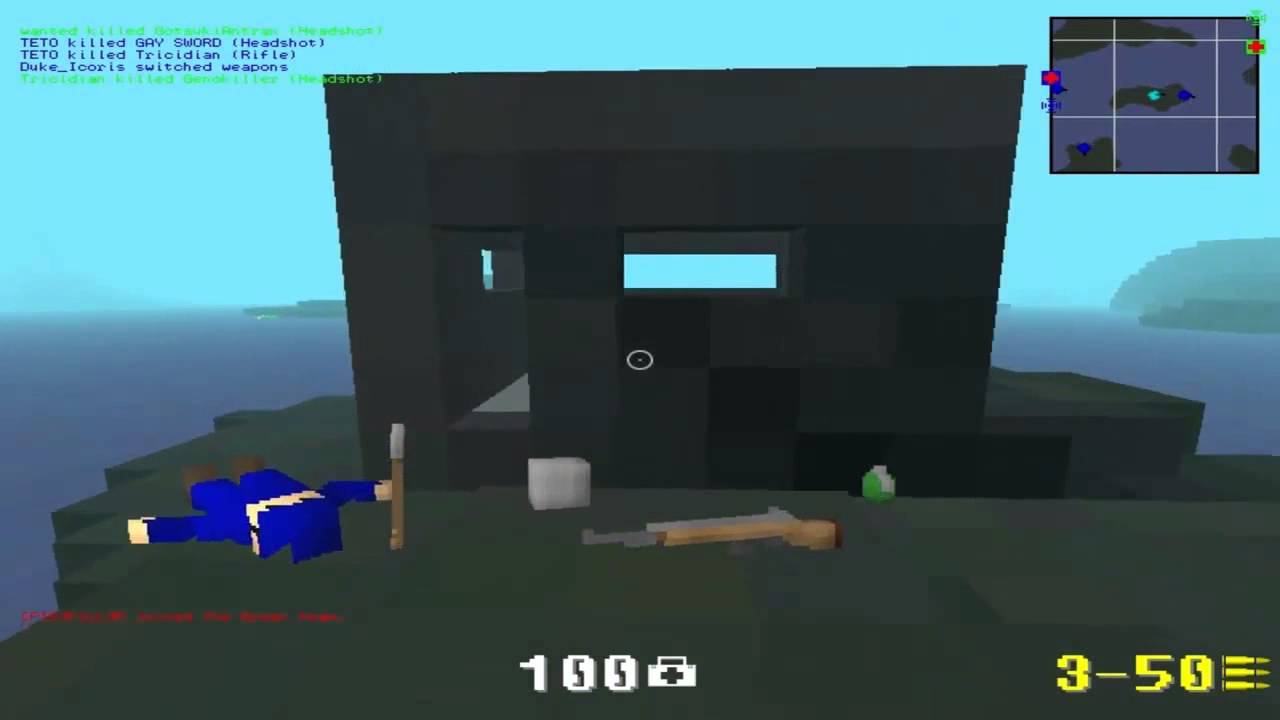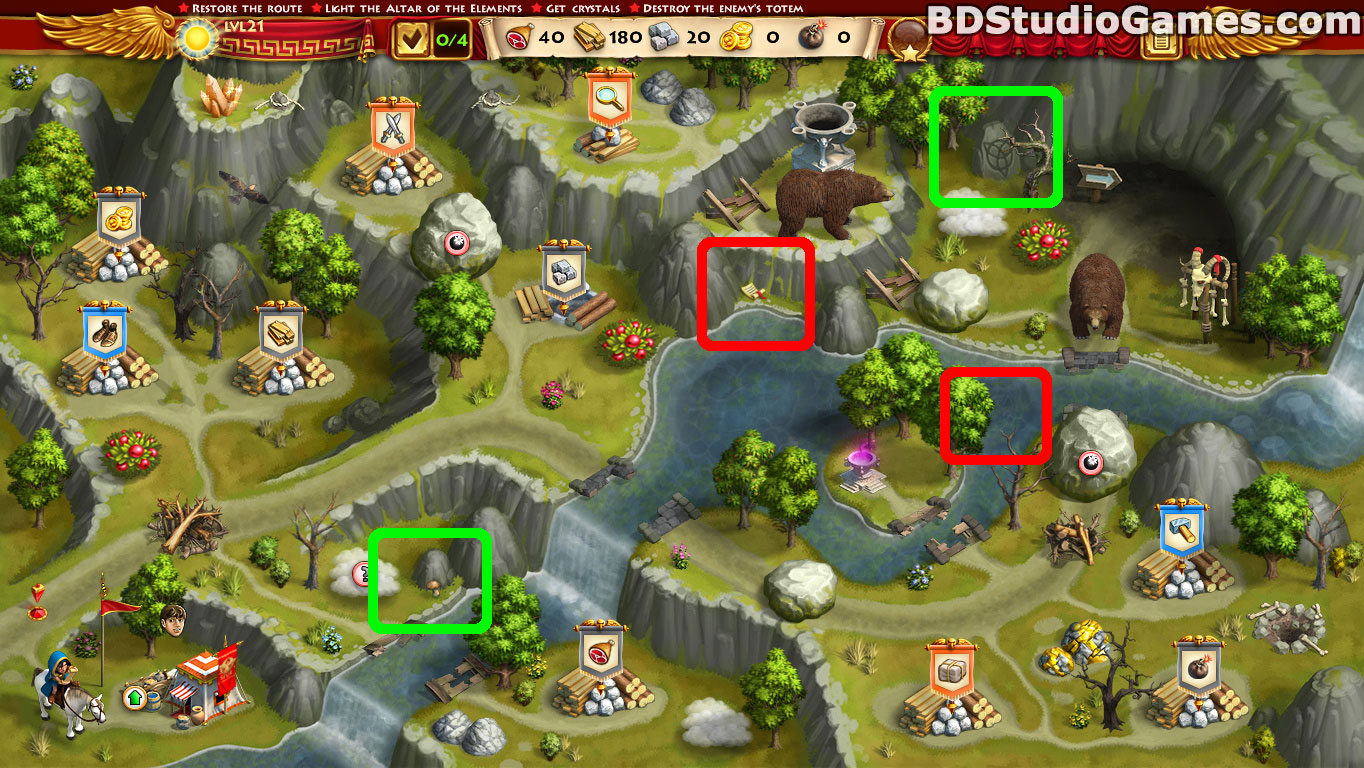

The result is that it is now possible to descend below the surface and to walk the very same streets and peer into the same buildings that once made up the city in antiquity. Over the last two centuries, and especially since the 1950s, archeologists have dug down to the level of the ancient city, clearing the debris that covered roads and emptying the buildings that had been filled in to provide support for the newer buildings on top of them. Indeed, it is impossible to dig anywhere in this area without stumbling upon some find of archaeological merit a lesson driven home every time the city government tries to expand the subway system, or a real estate developer tries to dig the foundations for a new building. Beneath that debris lies ancient Rome, many of its streets still intact, its historic buildings filled with earth providing the support of the newer buildings that now straddle them.įrom Trastevere to the Termini train station and from the Villa Borghese gardens to the Esquiline hill, the ruin that was imperial Rome sleeps, hidden but never far from the surface. The result is that the streets of ancient Rome, which once crisscrossed those valley floors, the streets that connected markets and forums with residential areas, the streets that saw victory parades by conquering generals and solemn funeral processions, are today buried under an average of 20 to 30 feet of debris. Unlike the hill tops, however, which still tower over the city as they did in antiquity, the valleys have accumulated a steady layer of debris-the product of erosion from the same hills, the sediment left by periodic flooding of the Tiber and the garbage that was the inevitable byproduct of civilization, then and now. It is in the valleys between these storied hills that life in ancient Rome occurred. Many such buildings are built on the ruins of their Roman predecessors. The crests of which were typically reserved for important public buildings, a function they still serve today. *Update, 5 July, 12:30 p.m.: A previous version of this story said the Roman Empire fell "thousands of years ago." It has been updated to say "the western Roman Empire" fell "more than a thousand years ago.Ancient Rome was built around seven hills.

So will you be seeing stronger piers and breakwaters anytime soon? Because both minerals take centuries to strengthen concrete, modern scientists are still working on recreating a modern version of Roman cement. But the researchers found that when seawater percolates through a cement matrix, it reacts with volcanic ash and crystals to form Al-tobermorite and a porous mineral called phillipsite, they write today in American Mineralogist. Al-tobermorite, long known to give Roman concrete its strength, can be made in the lab, but it's very difficult to incorporate it in concrete. Within a decade, a very rare hydrothermal mineral called aluminum tobermorite (Al-tobermorite) had formed in the concrete. When they analyzed it, they found that the seawater had dissolved components of the volcanic ash, allowing new binding minerals to grow. History contains many references to the durability of Roman concrete, including this cryptic note written in 79 B.C.E., describing concrete exposed to seawater as: "a single stone mass, impregnable to the waves and everyday stronger." What did it mean? To find out, the researchers studied drilled cores of a Roman harbor from Pozzuoli Bay near Naples, Italy. It called for a concoction of volcanic ash, lime, and seawater, mixed together with volcanic rocks and spread into wooden molds that were then immersed in more sea water. Scientists began their search with an ancient recipe for mortar, laid down by Roman engineer Marcus Vitruvius in 30 B.C.E.

Now, scientists have finally figured out why: a special ingredient that makes the cement grow stronger-not weaker-over time. But more than a thousand years after the western Roman Empire crumbled to dust, its concrete structures are still standing. Modern concrete-used in everything from roads to buildings to bridges-can break down in as few as 50 years.


 0 kommentar(er)
0 kommentar(er)
